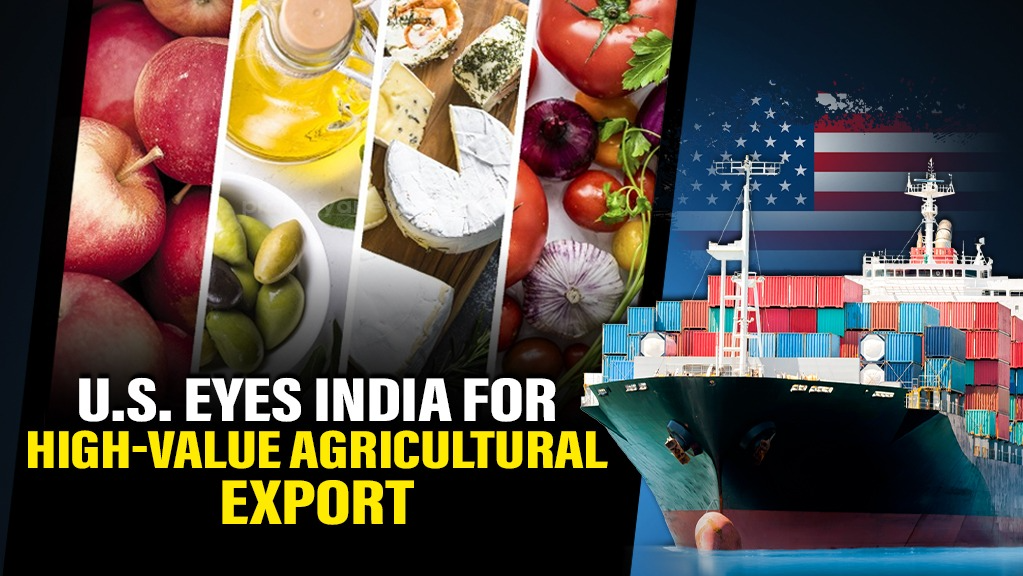

The Changing Landscape of U.S. Farm Exports
The composition of American agricultural exports is undergoing a fundamental change. For decades, the sector was defined by bulk commodities such as soybeans, corn, wheat, and cotton. However, a recent report from the U.S. Department of Agriculture’s Foreign Agricultural Service (FAS) highlights a clear trend: the value share of these bulk goods is declining, while consumer-oriented products like processed foods, fruits, vegetables, meat, and dairy are taking the lead.
According to the FAS report, bulk commodities, which constituted about 31% of total agricultural exports between 2014 and 2020, are now projected to fall to 28.5%. In contrast, consumer-oriented goods now represent 42% of U.S. agricultural export value. This pivot is not just a market trend; it's a strategic response to a shifting global environment.
Drivers of the Strategic Pivot
Two major geopolitical factors are influencing this recalibration:
The New Frontier: High-Value Products
The move towards consumer-ready goods offers several advantages. These products, which include tree nuts, processed foods, and fresh produce, typically command higher profit margins, enjoy steadier demand, and offer greater potential for branding. Advances in food processing, refrigeration, logistics, and marketing have positioned U.S. agribusinesses to compete effectively in this global space. In 2024 alone, these value-added products generated $37 billion in export value.
Policy Implications and Future Outlook
This strategic shift has profound implications for U.S. agricultural policy. For decades, infrastructure and policy were geared towards supporting the export of bulk commodities. The FAS report suggests that future success will depend on investing in value chains—such as processing facilities, cold storage, and sophisticated logistics—that can support the export of consumer-ready goods.
This also presents a classic volume-versus-price dilemma for American farmers. While 2024 saw a 22% increase in the volume of bulk commodity exports due to strong harvests, the overall export value remained stagnant at $191 billion, well below the 2022 peak. This was due to softer global prices for these raw materials.
The message is clear: while bulk commodities remain essential for volume, the future growth and profitability of American agricultural exports lie in higher-margin, consumer-oriented products. As the U.S. continues its trade discussions with nations like India, the push for market access for these value-added goods will likely be a central point of negotiation. A balanced trade agreement that respects India's need to protect its farm-dependent population while opening doors for these new American exports could unlock substantial mutual benefits.